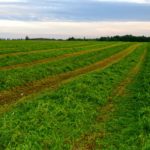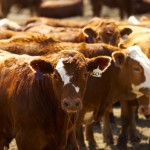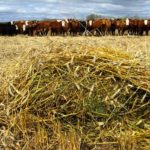“Biosecurity” often conjures up images of poultry or hog operations with truckers-report-at-the-gate signs, shower-in-and-out rules and workers dressed in hazmat suits. The point of biosecurity practices is obviously to reduce the risk that disease-causing microbes will enter or spread within high-health status herds or flocks. It is much harder to implement high levels of biosecurity […] Read more












